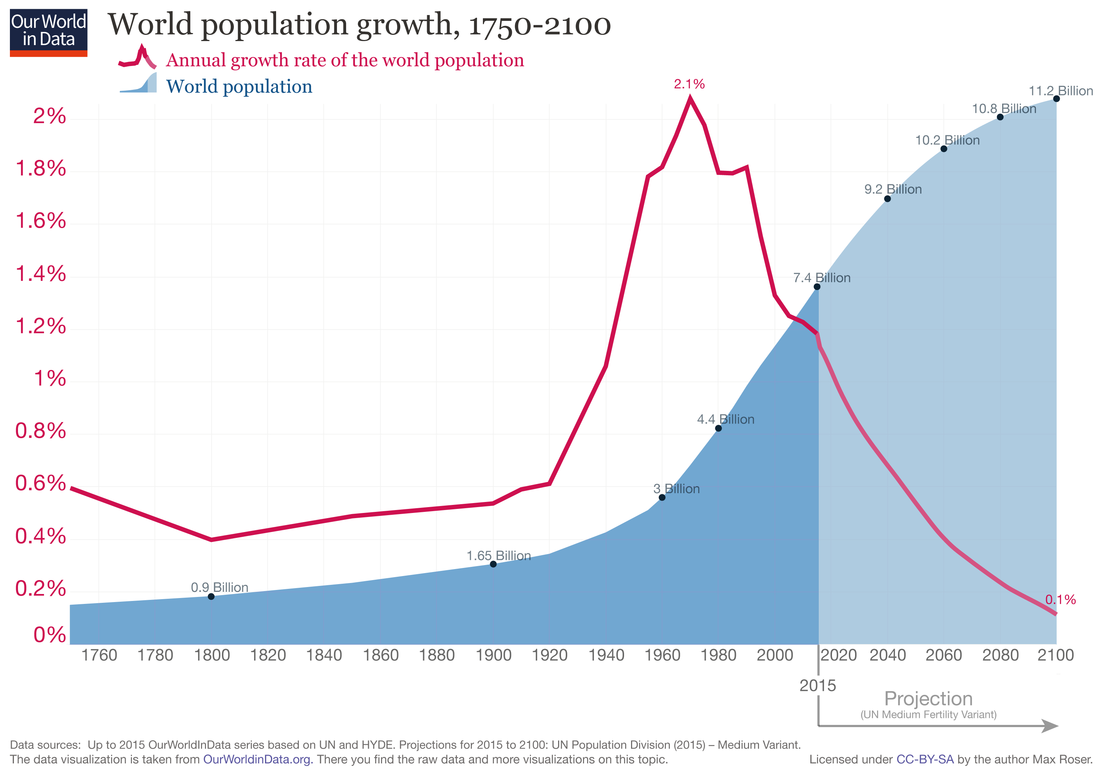Understanding California's Population: The Immigration Story

Table of Contents
Early Immigration to California (Pre-1900s)
The Gold Rush Era (1849-1855)
The California Gold Rush triggered a massive influx of immigrants from around the globe, dramatically altering the state's demographic landscape. The promise of gold attracted millions, leading to a significant increase in population and unprecedented growth. This rapid population increase strained existing infrastructure and led to the creation of diverse, albeit often segregated, communities.
- Significant increase in population: California's population exploded, transforming small settlements into bustling cities practically overnight. This rapid growth necessitated the development of new infrastructure, including roads, railroads, and towns.
- Exploration of nationalities involved: The Gold Rush attracted immigrants from China, Mexico, Europe (primarily from Britain, Ireland, and Germany), and other parts of the world, creating a melting pot of cultures and nationalities. Chinese immigrants, in particular, played a significant role in the development of the mining industry.
- Early challenges faced by immigrants: Immigrants often faced discrimination, exploitation, and violence. Anti-immigrant sentiment was prevalent, particularly against the Chinese population, leading to restrictive legislation and social unrest.
Mexican Immigration and the impact of the Mexican-American War
The Mexican-American War (1846-1848) significantly impacted Mexican residents of California. The Treaty of Guadalupe Hidalgo resulted in the cession of vast territories, including California, to the United States. This led to the displacement of many Mexican populations and a significant shift in the demographic balance of the state.
- Loss of land and displacement of Mexican populations: Mexican landowners lost significant portions of their land, leading to economic hardship and social upheaval. Many Mexicans found themselves marginalized and dispossessed in their own homeland.
- Changing demographics and cultural shifts within California: The influx of American settlers and the displacement of Mexican populations fundamentally altered California's demographics and cultural landscape. The existing Spanish-Mexican culture was gradually replaced or blended with American traditions.
- Early forms of cultural blending and conflict: The period saw both cultural blending and conflict. While some cultural exchange occurred, tension and discrimination persisted, reflecting the complex relationship between the newly arrived Americans and the existing Mexican community.
20th and 21st Century Immigration Waves
The Post-World War II Era
The post-World War II era witnessed significant increases in immigration from Asia and Latin America. The Immigration and Nationality Act of 1965 played a crucial role in shaping these immigration patterns by abolishing national origin quotas.
- The impact of the Immigration and Nationality Act of 1965: This landmark legislation significantly altered US immigration policy, leading to a substantial increase in immigration from Asia and Latin America, profoundly impacting California's demographics.
- Growth of Asian American and Latinx communities in California: California became a major destination for immigrants from these regions, leading to the rapid growth of vibrant Asian American and Latinx communities that have enriched the state's cultural tapestry.
- Economic contributions and cultural enrichments from these groups: These immigrant groups have made significant economic contributions to California, establishing businesses, filling vital roles in various industries, and contributing to the state's overall prosperity. They have also enriched California's culture through their diverse traditions, languages, and arts.
Contemporary Immigration and its Challenges
Contemporary California immigration continues to be a significant factor shaping the state's population. However, it also faces ongoing challenges, including debates surrounding immigration policy and the integration of undocumented immigrants.
- Impact of undocumented immigration on the California economy and social services: Undocumented immigration presents complex challenges related to access to healthcare, education, and other social services. Their economic contributions are also a subject of ongoing debate.
- The role of immigrants in California's workforce: Immigrants play a crucial role in many sectors of California's economy, often filling jobs that native-born workers may be unwilling or unable to perform.
- Current political debates surrounding immigration reform and its effects on California's population: Immigration reform remains a highly debated topic, with significant implications for California's future population growth and social structure.
The Economic and Cultural Impact of California Immigration
Economic Contributions
Immigrants have made, and continue to make, significant economic contributions to California. Their entrepreneurial spirit and hard work have fueled economic growth and innovation across various sectors.
- Immigrant entrepreneurship and small business creation: Immigrants are disproportionately likely to start businesses, contributing significantly to job creation and economic dynamism in California.
- The role of immigrants in key industries like agriculture and technology: Immigrants play vital roles in crucial industries, providing labor and expertise. Their contributions are especially evident in agriculture and the technology sector.
- Economic growth driven by immigration: Studies consistently show that immigration has contributed significantly to California's economic growth, increasing productivity and innovation.
Cultural Enrichment
The cultural diversity brought by immigrants is a defining feature of California's identity. The state's rich tapestry of languages, cuisines, traditions, and artistic expressions is a direct result of its diverse immigrant population.
- Diversity of languages, cuisines, and traditions: California's culinary landscape, for example, is incredibly diverse, reflecting the culinary traditions of its various immigrant communities.
- Contribution to California's vibrant arts and culture scene: Immigrant artists and performers have significantly enriched California's vibrant arts and culture scene.
- The ongoing evolution of Californian identity: California's identity is continuously shaped and reshaped by the ongoing influx of immigrants and the resulting cultural exchange.
Conclusion:
California's population story is intrinsically linked to its history of immigration. From the Gold Rush to the present day, immigrants have shaped the state's identity, economy, and culture in profound ways. Understanding the diverse experiences and contributions of immigrants is crucial to comprehending the dynamism and complexity of California's demographic landscape. To further your understanding of California immigration, explore resources from the Pew Research Center and the Migration Policy Institute. Continue learning about the ongoing impact of California immigration on the state's future.

Featured Posts
-
 Streamer University Kai Cenats Guide To Streaming Success
May 27, 2025
Streamer University Kai Cenats Guide To Streaming Success
May 27, 2025 -
 Alien Earth Teaser Could It Be A Stealth Alien Vs Predator Project
May 27, 2025
Alien Earth Teaser Could It Be A Stealth Alien Vs Predator Project
May 27, 2025 -
 Ashton Kutchers Post Filming Outing With Mila Kunis In Beverly Hills
May 27, 2025
Ashton Kutchers Post Filming Outing With Mila Kunis In Beverly Hills
May 27, 2025 -
 Usma Victoire Rayonnante A Migne Auxances
May 27, 2025
Usma Victoire Rayonnante A Migne Auxances
May 27, 2025 -
 Gwen Stefani And The Christian Faith A Divisive Issue Among Fans And Political Commentators
May 27, 2025
Gwen Stefani And The Christian Faith A Divisive Issue Among Fans And Political Commentators
May 27, 2025
Latest Posts
-
 Live Nation Expands European Footprint Secures 356 Entertainment Group In Malta
May 29, 2025
Live Nation Expands European Footprint Secures 356 Entertainment Group In Malta
May 29, 2025 -
 Maltas Entertainment Landscape Transformed Live Nations 356 Entertainment Acquisition
May 29, 2025
Maltas Entertainment Landscape Transformed Live Nations 356 Entertainment Acquisition
May 29, 2025 -
 Unfair Dismissal An Australian Womans Experience
May 29, 2025
Unfair Dismissal An Australian Womans Experience
May 29, 2025 -
 Job Loss In Australia A Womans Story Of Workplace Issues
May 29, 2025
Job Loss In Australia A Womans Story Of Workplace Issues
May 29, 2025 -
 Australian Womans Account Of Unjust Job Loss
May 29, 2025
Australian Womans Account Of Unjust Job Loss
May 29, 2025
